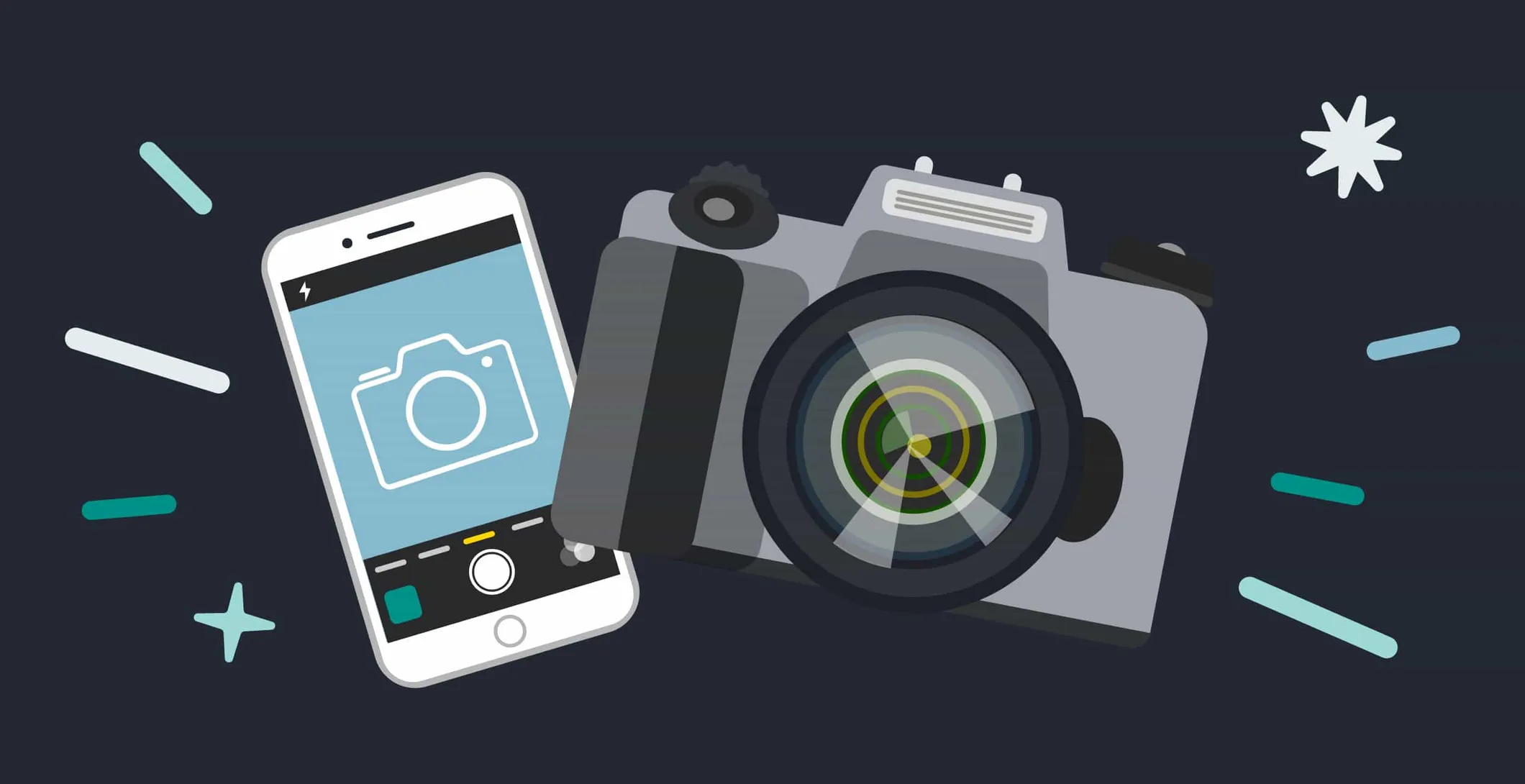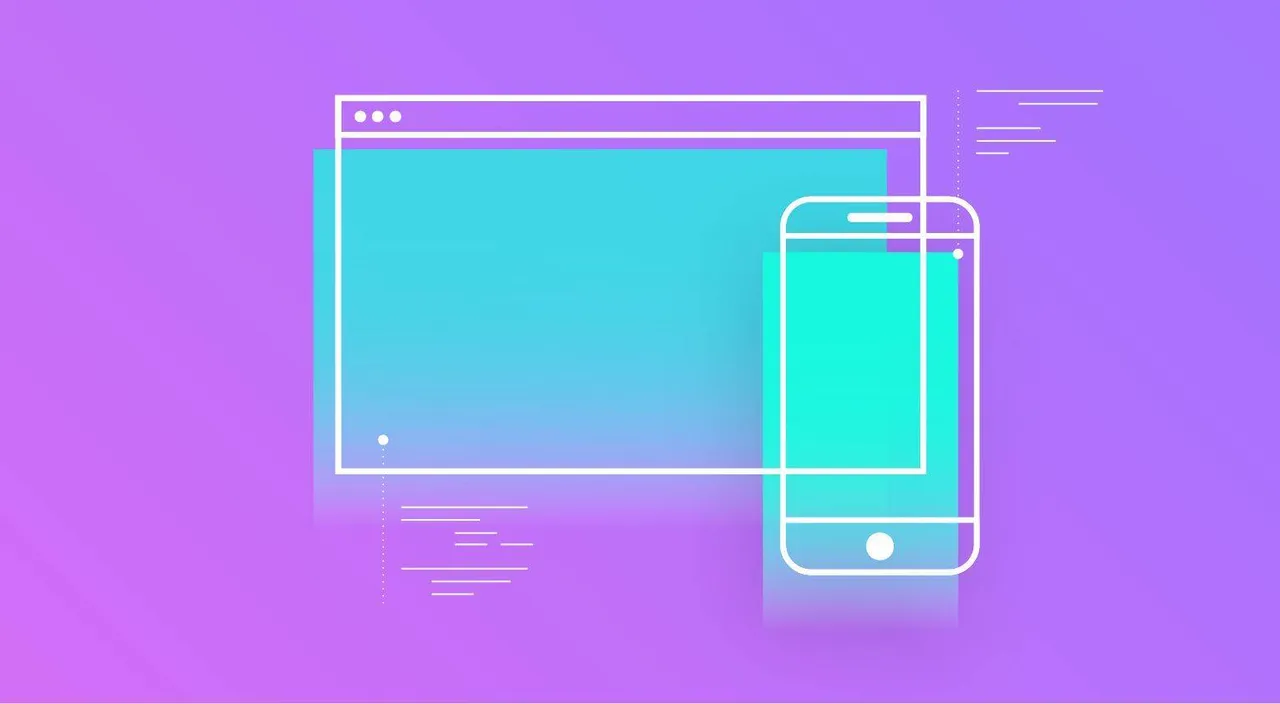Your product photos are probably the hardest working sales tool in your e-commerce tool box, after the SEO that got the visitor to your page in the first place. Product photography can make or break your online business, and that’s why you have to make sure you get it right.
Think about it. The online customer can’t touch, feel, smell or handle your product. The photographs you provide on your site give them a “feel” for your product. The product description answers their questions and helps with SEO, but most of the time it’s the photograph that really makes the decision to buy. It draws them in, providing tantalizing details. Remember, desire is in the details.
Your online product photos need to be sharp, clear, descriptive and inviting. You can have professional photographs taken, but if that is not within your budget there are still plenty of product photography tricks you can apply yourself to get the best possible product shots. Read on to find out how.
Best Product Photography Tips to Drive Sales

Your photos must show off your product clearly above all else. There are a couple of tricks you can use to make sure that your product is displayed at its best.
Your Camera Settings
Of course you should use the best quality camera you can get your hands on. Even if you are using a smart phone, though, there are settings that can help you. Always take the highest resolution photos you can (the best quality). You can make them smaller when you edit, but not bigger. Remove all filters and make sure you take your photos with normal light settings.
Background
For most almost all* products, a solid colour background is important. White is usually the best choice. To achieve this outside of a professional studio you need to make something called a sweep. A sweep is your backdrop. You can make a sweep more cheaply than you would imagine. All you need is a roll of white paper. Try to get the biggest role you can if you are photographing people. However, if you are only photographing smaller items you can get away with a smaller roll of white paper, as long as it’s bigger than the product you are photographing. You will need to secure the roll of paper above the photographic area. Tape it to a wall or put a broom stick through the middle of the roll and secure that.
Why white? Because it will save time editing your photos later. It also reflects light well and you want well-lit photos.

Another advantage of using a sweep is that you won’t need to make colour adjustments later, because the sweep helps the camera to get it’s white colour balance right. The human eye makes all kinds of adjustments for light, but a digital camera uses white as the reference point for finding a true colour. So, if you have a white background you are going to get better balanced photos which give your buyer a true picture of what colour the item is that they are buying.
If you are using a smart phone make sure you are not using any filters. It’s better to make those adjustments after you have your true photo.
Lighting
If you don’t have access to a studio then you should try to use natural light. Set up your shots near a window and get as much natural light as you can. You should set it up so that the sweep is directly opposite to the window and the light is not directly on the products. The sun is a good indirect light source. You can hang a thin white cloth over the window to diffuse the light if necessary. You want a bright, natural light that is not harsh. You can also use lamps and lights. They should have a clear white light (not coloured bulbs) and again, use a screen or cloth to diffuse the light.

Don’t try to use a flash unless you really have the photography experience to use it well.
Remember that you want your product photos to be consistent across your site, so if you are using natural light make sure that your shoot is organised. You want to take your photos before the sun moves! If you are using lights, make sure you remember your exact light settings.
Fill Lights
Regardless of if you are using natural light or electric lights, you will need fill light. This is a light that is placed opposite the other light source, to bounce light back at your product. It stops you from having dark shadows on your product. The fill light should always be taller than the product, lighting it from above.

Organise your Product Photography Shoot
Make sure you have your product prepped and ready before the shoot. Know what props you need. You can do this by doing a practice run before the actual shoot. If you are using natural light or hiring a model being disorganised will cost you money and precious daylight.
Make a list of products you need to shoot, what angles you need of each one, and what variations.
Then make a list of other things you might need such as extension cords and spare light bulbs.
Make sure your products themselves are cleaned, prepped and ready to go.

If you are selling jewellery and have a model to display it, make sure that he or she is dressed in subdued colours that don’t steal attention from your product, or worse, clash with it.
Keep your Camera Stable
Even the slightest movement can cause a blurry shot. SO make sure you have a stable surface to rest your camera on. A tripod is ideal, but if you don’t have access to one you can use a table with a towel folded on it, and set up your timer to maximise accuracy and minimise movement.
The Different Types of Online Product Photos
Your customer wants as much detail as possible when they view your product. That’s why for almost all products you need to give them images which display:
- The scale and size of the product
- Every angle (front, back, sides, and if appropriate: top and bottom too)
- Detail shots – make sure you get close ups of smaller details like stitching, texture and emblems. Desire is in the details
- Component shots - make sure there is a shot of everything included in the purchase
- For items that must be assembled – show the assembled product and the component pieces
- Lifestyle shots – for items like décor items you should include a shot that shows the product in its natural environment
Final Tips for Finishing your Product Photos
Once you have taken all your photos the job is only half way done. Now you have to edit.
Photoshop is a good tool to use, it’s also easier than you think to learn the basics.

Make sure you remove any heavy shadows and make sure your light settings are the same on all of your photos. You can remove any unwanted background with photoshop.
Once you are happy with your shots you should save three versions of them:
- The original shot
- The edited shot in full size
- The edited shot “saved for web”
To save for web open the file, and select “Save for web”. This will create a smaller version of your photo that is easy for web browsers to load quickly. Keep your files clean and make sure you name your photos correctly. This could save you a lot of time in the future. Be sure to save your photos externally so that you always have a back-up.




